

MeritSun Portable Power Station Solid State Lithium Battery 2400W For Home Backup Emergency Outdoor Camping

Linde Nichiyu Pzs Clark Fork Lift Battery For Forklift Electric 80v 36v 48v Forklift Battery 48v 36v 24v 80v 600ah





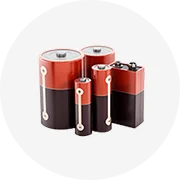
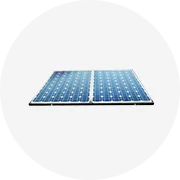
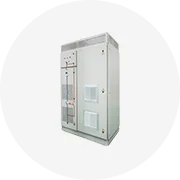
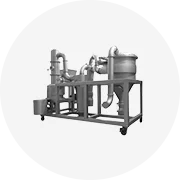
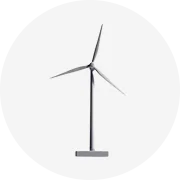
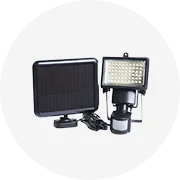
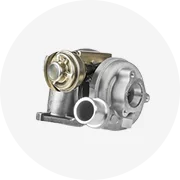
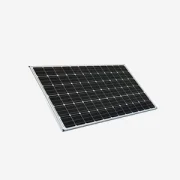

A nife battery, also known as a nickel-iron battery, is a type of rechargeable battery that has a long history of reliability and durability. These batteries are known for their robustness and ability to withstand overcharge, overdischarge, and short-circuiting, making them suitable for a variety of applications. The nickel iron ni fe battery is characterized by its unique chemistry and construction, which contribute to its longevity and eco-friendliness. As businesses look for sustainable and reliable energy storage solutions, the nife battery emerges as a compelling choice. Alibaba.com hosts a range of nife batteries suitable for diverse business needs.
There are several types of nife batteries available, each with distinct characteristics. The diy nife battery is popular among enthusiasts who prefer to assemble or customize their own battery systems. Commercial variants like the edison nife battery are known for their historical significance and proven track record in various industries. For modern applications, batteries such as the saft nife battery offer advanced features like enhanced electrolyte formulations and improved plate designs for better performance and longevity. The hbl nife battery is another variant that is designed to cater to heavy-duty applications, offering higher capacities and robustness.
The structure of a nife battery is a marvel of electrochemical engineering. Each cell consists of positive plates made of nickel oxide and negative plates of iron, separated by insulators to prevent short-circuiting. These plates are submerged in an alkaline electrolyte, typically potassium hydroxide. The battery's structure is designed to facilitate the efficient movement of ions between the plates during charge and discharge cycles. The quality of the components, such as the purity of the nickel and the construction of the electrodes, directly impacts the battery's performance and durability. Advanced models may include additional features like integrated temperature sensors or pressure valves to enhance safety and longevity.
The materials used in nife batteries are chosen for their electrochemical properties, durability, and environmental safety. Nickel and iron are abundant and recyclable, reducing the environmental footprint. Nickel, used in the positive plates, provides a high energy density and long cycle life. Iron, chosen for the negative plates, is valued for its ruggedness and low cost. The alkaline electrolyte is non-toxic and less corrosive than the acids used in lead-acid batteries, contributing to the overall safety and maintenance ease of the battery system. These materials also allow the battery to operate in a wide range of temperatures and resist degradation over time.
Nife batteries are utilized across various industries due to their reliability and resilience. In the renewable energy sector, they are used for storing solar and wind energy, providing a stable power supply even in off-grid locations. Telecommunication companies employ saft nife ups systems to ensure uninterrupted service. In transportation, electric bicycles and scooters benefit from the battery's ability to provide consistent power over long periods. The robustness of nife batteries also makes them ideal for power tools and home appliances, where they deliver long-lasting performance. These batteries create business value by offering energy solutions that are both cost-effective and environmentally sustainable, helping companies to meet their operational needs while reducing their carbon footprint.
The primary function of a nife battery is to store electrical energy and provide it on demand. They are designed to perform under harsh conditions, including high discharge rates and deep discharge cycles. This makes them particularly useful for applications where reliability is critical, such as emergency lighting systems, backup power for hospitals, and remote monitoring stations. The ability of these batteries to withstand frequent and deep cycling also makes them suitable for use in electric vehicles and as storage for intermittent renewable energy sources like solar panels and wind turbines.
Nife batteries boast features that set them apart from other battery technologies. Their long service life, often exceeding 20 years, is a significant advantage. They are also highly resistant to corrosion, thermal runaway, and mechanical abuse. The saft nife battery, for instance, includes advanced design features that minimize maintenance and enhance performance. Another unique selling point is their environmental friendliness; they do not contain lead or cadmium, heavy metals that are commonly found in other types of batteries and pose environmental hazards.
The benefits of using nife batteries are numerous. They provide a stable and reliable power source that can significantly reduce the frequency of battery replacements. This reliability translates to cost savings over time, as the long lifespan of nife batteries diminishes the need for frequent purchases. Additionally, their ability to perform in extreme temperatures and resist damage from overcharging or deep discharging makes them an ideal choice for businesses operating in challenging environments or requiring robust energy storage solutions.
Effective operation of a nife battery starts with choosing the right capacity and size for your specific needs. Once installed, using the correct nife battery charger and adhering to the recommended charging practices are crucial. Cleaning involves regular dusting and ensuring terminals are free from corrosion. Maintenance is generally low but does require periodic checks of electrolyte levels and specific gravity. Installation should be carried out in accordance with the manufacturer's guidelines, taking into account proper ventilation and secure mounting.
The target audience for nife batteries is diverse, encompassing sectors from renewable energy to personal mobility. For instance, the diy nife battery appeals to hobbyists and innovators who value customization, while commercial entities like data centers look for the reliability and longevity offered by brands like saft nife battery. Each product is designed with the end-user in mind, ensuring that the specific needs and preferences of the target audience are met, whether it's for a robust energy storage solution or a maintenance-free battery for daily use.
The capacities of nife batteries can vary greatly, accommodating a wide range of business needs. They are available in standard sizes like C and prismatic shapes, with capacities ranging from small batteries suitable for home appliances to large-scale units designed for energy storage in industrial applications. The hbl nife battery charger is compatible with various sizes and capacities, ensuring that businesses can find the right fit for their specific requirements.
The lifespan of a nife battery is one of its most compelling attributes. With proper maintenance, these batteries can last for several decades. Factors such as the discharge rate, operating temperature, and maintenance frequency can affect longevity, but generally, a saft nife battery is known for its exceptional service life compared to other battery technologies.
Environmental friendliness is a significant advantage of nife batteries. They are made from nickel and iron, which are more environmentally benign than the lead or cadmium used in other batteries. Additionally, the long lifespan of a diy nife battery means fewer replacements and less waste. When a nife battery does reach the end of its life, its materials can be recycled, further reducing its environmental impact.